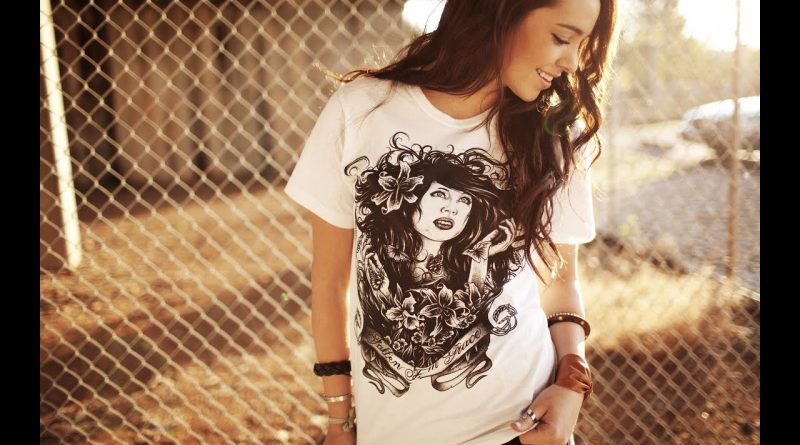Women’s Boxing: From the Margins to the Mainstream
Women’s boxing has evolved from being a marginalized sport to becoming a significant presence in the mainstream. Over the years, female boxers have fought against gender stereotypes and societal norms to establish themselves in a sport traditionally dominated by men. Their journey has been marked by resilience and determination, as they pushed boundaries and shattered glass ceilings to earn their rightful place in the ring.
This article explores the journey of women’s boxing, highlighting its rise to prominence, the challenges faced by female boxers, and the impact this sport has had on the broader movement for gender equality. From gaining access to professional training facilities to competing on global stages, women boxers have not only proven their skills but have also become powerful symbols of empowerment. Their success has paved the way for future generations of female athletes to pursue their dreams in any field, regardless of societal expectations.
The Early Struggles of Women’s Boxing
Women’s boxing has a long history of being sidelined and dismissed. In the early 20th century, women who dared to step into the ring faced not only societal scorn but also legal restrictions. The first recorded women’s boxing match in the United States took place in 1876, but it wasn’t until the late 20th century that the sport began to gain any real traction.
For decades, female boxers were seen as a novelty rather than serious athletes. They were often relegated to exhibition matches, with little to no support from the broader boxing community. Despite the odds, pioneering women like Barbara Buttrick and Cathy Davis fought tirelessly to keep women’s boxing alive. Their efforts laid the groundwork for future generations of female boxers to take the sport from the margins to the mainstream.
Breaking Barriers and Gaining Recognition
The 1990s marked a turning point for women’s boxing. The International Boxing Association (AIBA) officially recognized women’s boxing in 1994, opening the door for international competitions. This recognition was a monumental step forward, allowing female boxers to compete on the global stage. It also enabled them to gain the respect they deserved.
Women’s Boxing and Gender Equality
Women’s boxing has had a profound impact on the broader movement for gender equality. The sport has challenged traditional gender roles by showcasing women as powerful, skilled, and resilient athletes. Female boxers have become role models for young girls, showing them that they can excel in any field, including those traditionally dominated by men.
The rise of women’s boxing has also led to increased opportunities for women in other combat sports. Mixed martial arts (MMA), for example, has seen a surge in female participation and viewership, thanks in part to the trailblazing efforts of female boxers. Women’s boxing has paved the way for greater representation and acceptance of women in all areas of sports and society.
Media and pop culture have played a crucial role in bringing women’s boxing into the mainstream. Films like Million Dollar Baby and documentaries like Knockout Blonde have highlighted the struggles and triumphs of female boxers. These works have made their stories more accessible to the general public.
These portrayals have helped to shift public perception of women’s boxing from a fringe activity to a respected sport.
The Future of Women’s Boxing
The future of women’s boxing looks bright. With more opportunities for competition and increased media coverage, the sport is gaining momentum. Growing public support ensures its continued ascent in the world of athletics. Female boxers are no longer fighting for recognition; they are fighting for championships, endorsements, and a place in history.
As women’s boxing continues to grow, it will undoubtedly inspire more young girls to take up the sport. The legacy of today’s female boxers will be the next generation of champions who will carry the sport forward. Women’s boxing is no longer on the margins; it has firmly established itself in the mainstream. Its impact will be felt for years to come.




